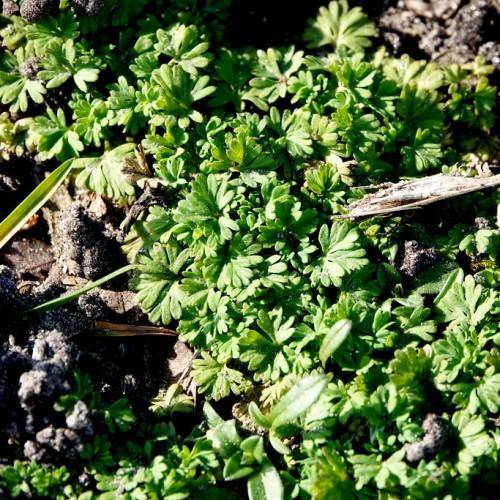
Unexpected Lady's Mantle
Aphanes australis
Watering:
Frequent
Hardiness Zone:
Flowers:
Flowers
Sun:
full sun,part shade
Fruits:
Fruits Ready In Fall
Leaf:
Yes
Growth Rate:
Low
Drought Tolerant:
Yes
Salt Tolerant:
Yes
Care Level:
Medium
watering
Water Western Mountain-Bells (Anticlea occidentalis) about once a week during the growing season. How much to water depends on the plant's soil conditions and how quickly the soil drains water from the container. A good rule of thumb is to water deeply until water runs out of the drainage holes, and then wait for the top 1 inch of soil to dry before watering again. In times of high heat and dry weather, the plant may need to be watered more often. During the winter and other dormant periods, the plant needs much less water and must be monitored closely to prevent overwatering.
sunlight
Western Mountain-Bells (Anticlea occidentalis) require ample sunlight to grow and thrive. They prefer between 6 and 8 hours of direct sunlight per day, with slightly less sunlight in the summer months. This can vary depending on the climate in which they are growing - for example, in very sunny climates they may need slightly less direct sunlight than in cooler or shadier ones. If the plants receive too little sunlight, their stems may be weak, their blooms less vibrant, and their leaves may even yellow and die.
pruning
Western Mountain-Bells generally need to be pruned at least once a year, but the timing of this pruning will depend on the climate zone in which the plant is being grown. If the plant is being grown in a cooler climate, it is best to prune in the spring, as this allows the plant to focus on vegetative growth during the warm season. In a warmer climate, it is best to prune in the late summer or early fall, as this allows the plant to focus on flowering during the cool season. In either case, pruning should be done conservatively and judiciously, limiting removal of large portions of the plant's growth.
